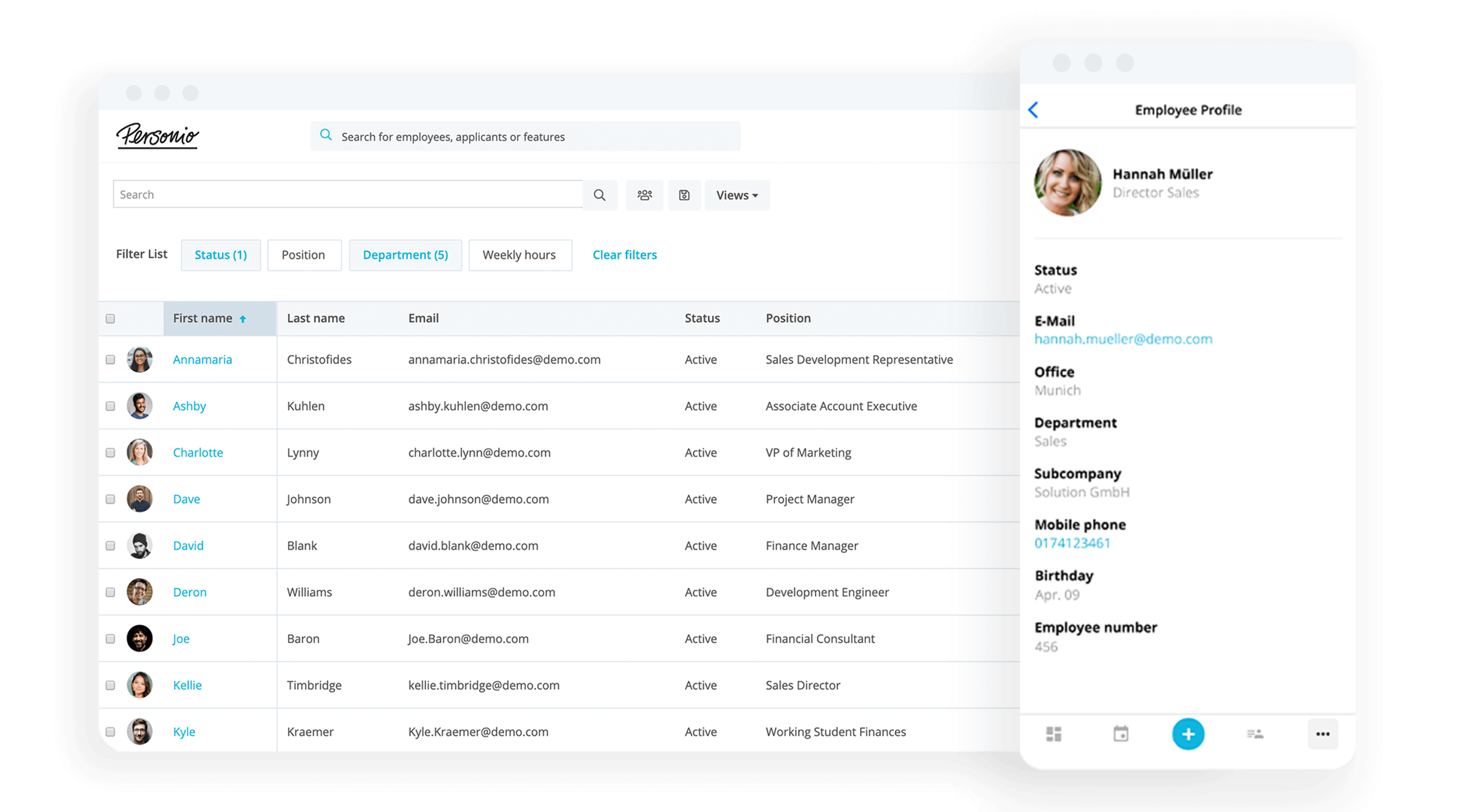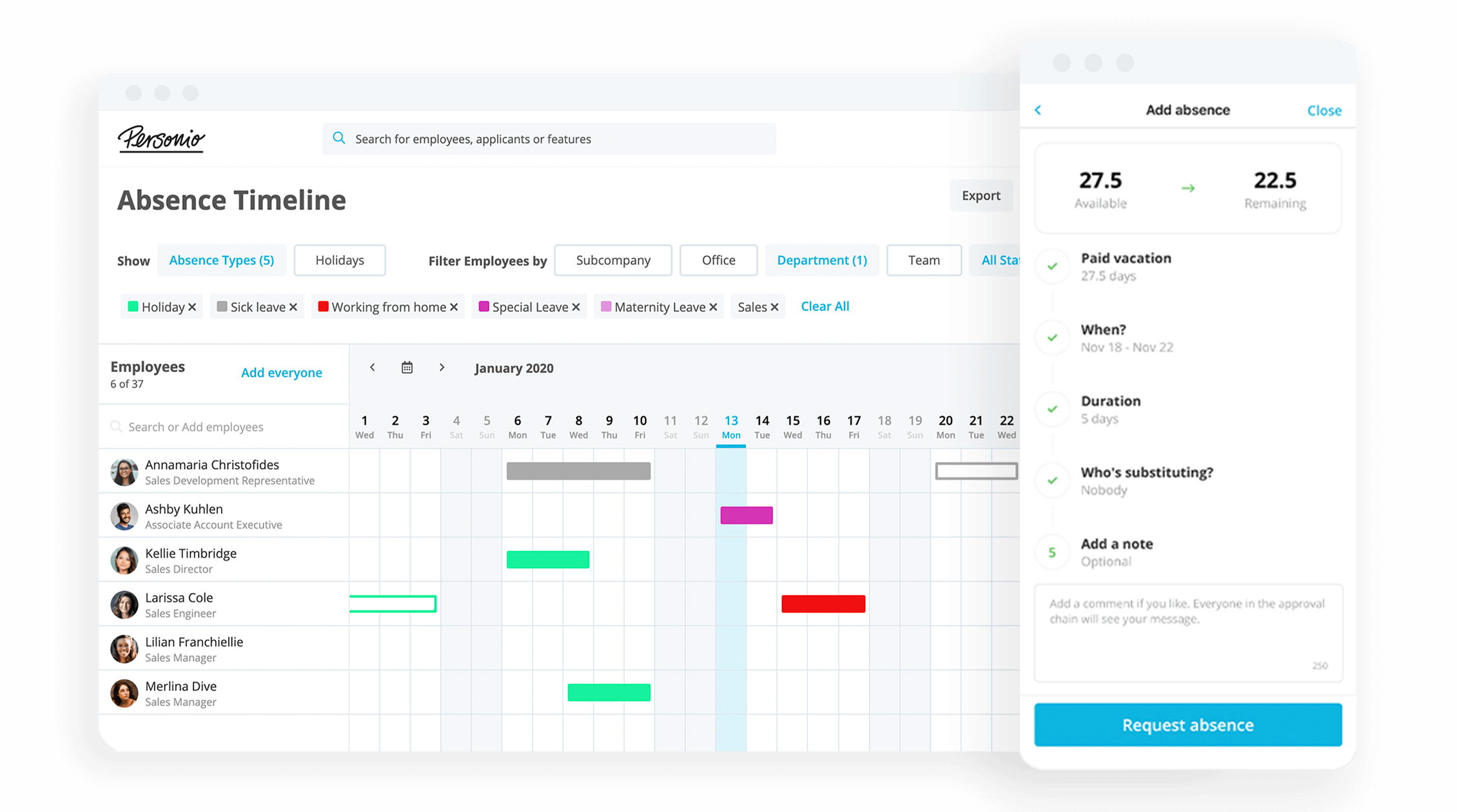The right mix of employee benefits can be a key tactic for organisations looking to attract and acquire top talent. But, how do you get the right mix and which benefits move talent in your direction? In this guide, we’re offering the basic guide to employee benefits, why they matter, and how to start constructing a better benefits package today.
Download our guide to attracting top talent through employer branding.
Contents
What Are Employee Benefits?
How Do Employee Benefits ‘Benefit’ Your Business?
Which Employee Benefits Work Best?
What Are Some Examples of Employee Benefits?
What Are Employee Benefits?
Employee benefits consist of forms of nom-wage-related compensation that attract employees, convince them to join your company, and keep them around on a long-term basis. As opposed to fringe benefits, employee benefits are primarily the ones you would use to craft an enticing offer package or to help directly boost the attractiveness of a salaried offer.
Benefits include indirect forms of payment that help current and prospective employees feel valued.
The most typical employee benefits will often include:
- Health insurance
- Paid time off (PTO)
- Insurance
- Retirement plans
- Stock options
If we pull that back a bit further, we can think of employee benefits in four camps:
| Benefit Type | Explained |
|---|---|
| Leave Benefits | Things like flexible work setups, unlimited time off, or mental wellness days. |
| Financial Benefits | Stock options, bonuses, and other forms of payment besides salary. |
| Retirement Benefits | Long-term payments that help an employee stay for the long term. |
| Lifestyle Benefits | Other benefits that help employees enjoy their time at work (development budgets, etc.) |
How Do Employee Benefits ‘Benefit’ Your Business?
Talent is everything. It is not only important to drive business performance, but it is a scarce commodity that deserves attention. Not only if your org wants to perform, but if you also want to grow, you will always need talent on hand.
In that sense, employee benefits can be a key differentiator for your business.
If we think about employee benefits, we need to think about them in three unique camps:
- Benefits for Attraction
- Benefits for Acquisition
- Benefits for Satisfaction
Benefits for Attraction
The first has to do with employer branding. You want to make sure that your employee benefits scheme is in line with the market, is differentiated from your competitors, and is what employees want. This will also come down to your workforce planning and the roles you want to hire, digging deep into what makes them tick.
For benefits designed to attract, let’s think about lifestyle benefits.
Think about it like this: If you’re on the hunt for engineers, you may find that engineers value flexibility in their work and their ability to do work where it’s best for them (whether remotely, in-office, or somewhere in between with hybrid work). For them, you may want to place particular emphasis on your flexible working options.
On the other hand, if your company currently need sales staff, your HR team may find that salespeople tend to enjoy energetic environments where they can come together with their team. In that sense, a benefit that may speak to them is a collaborative office space, one-on-one training sessions, or peer mentoring between sales staff. It all varies based on what you need!
Benefits for Acquisition
The next step is not simply to get candidates in the door but to convince them to stay against all their other options. That is where employee benefits designed for acquisition come into play. For this one, we may want to key in on two types of benefits we addressed earlier: Leave benefits and financial benefits.
After all, a potential candidate will likely be attracted to an offer that not only encompasses their salary but gives them an idea of how they may be able to recharge as well as the financial rewards involved. Again, this needs to be position-specific, but outlining the days of vacation or potential bonus structures can really convince talent to sign on the dotted line.
Benefits for Satisfaction
Benefits are not simply a recruiting matter, but one that also has to do with development and long-term satisfaction. After all, employees will only stay around and perform at their best when they feel like their company is taking care of them and providing for them. This is where retirement benefits come into play.
Of course, all kinds of benefits apply, but let’s hone in on the long-term focused ones. Whether stock options (financial) or parental leave (leave), retirement plans are a great employee benefit that keeps employees invested in the long term. How? By literally investing in their lives down the road!
Keep Your Employee Data In One Place
Keep all your employee information in one place, offering clean, easy, and secure data. Click the button below to see how Personio can introduce order into your organisation.
Which Employee Benefits Work Best?
That depends on your workforce. Employee benefits should be just as individualised and unique as your overall corporate culture. After all, different generations, cultures, and even professions may find value in different kinds of benefits. That’s why you shouldn’t try to one-size-fits-all your benefits package.
This is where strategic HR comes into the picture. Your HR or People Team should thoroughly examine which benefits best reflect your employer brand, which benefits are most attractive to potential talent, and try to think about how you can differentiate yourselves from competitors.
Here’s an example: Many companies have embraced the idea of unlimited time-off for their employees, but the data suggests that employees actually take less vacation on average with this policy. This could lead to dwindling performance, employee satisfaction, and potential burnout.
From an HR perspective, you may see your competitors embracing an unlimited time-off approach, but know that it doesn’t work for talent and is fast becoming an unattractive feature. So, you may roll out a ‘Mandatory Time-Off’ approach, where everyone in your organisation is expected to unplug and recharge by taking a certain amount of days off in a year.
In this sense, you are responding to the market for talent and the data you have on hand. After all, employee benefits should be geared toward ’employees’ and what will best attract them to your company as a top employer.
Build a better absence management process for your team with Personio today.
Track Your Entire Org’s Absences In Personio
Is requesting, tracking, and reporting on absences becoming a burden? Personio offers an all-in-one solution to keep your HR processes running smoothly.
What Are Some Examples of Employee Benefits?
So, what can we learn from others in the industry? Collected below are some employee benefits examples that your organisation can leverage to become inspired…
Personio is still young and is growing fast. The company offers a wide range of benefits to its employees, including not only a hybrid working model (PersonioFlex), but also fresh fruit, cereals and beverages, a fitness allowance, and electric scooters or public transport allowances. Regular team events and shared dinners are also offered, as are annual professional development budgets.
SoundCloud came up with the New Friends Relocation Program, a great idea for all those who move from other places to join the company. This program provides a framework for employees supporting new colleagues after relocation, for example by helping with bureaucratic stress, or by exploring the city’s nightlife together. Ideally, the program also helps foster new friendships.
Spotify offers its employees options for exploring their artistic or playful sides: The company has gaming consoles, a karaoke room, a workshop, and a theatre on the premises. Also, each employee is free to decide when they want to take which public holidays, as the team is very international, with Spotify’s employees coming from 90 different countries.
Airbnb does not have business plans, an HR department, or attendance requirements. The company subscribes to the motto “treat your employees as adults, and they will behave like adults,” and therefore does not require anybody to account for their working hours. Managers are selected based on employee surveys, and employees set salaries in keeping with the company’s profits.
Teambank, a Nuremberg-based credit provider, sends two employees and a manager on a research trip once a year. They are able to travel for up to 14 days and spend up to €10,000. Anybody can apply, as long as they have a convincing plan for what they want to research, and employees vote on who will be allowed to go.
PricewaterhouseCoopers (PwC) offers its young employees all over the world benefits of up to US$1,200 per year to allow graduates to pay back their university debts more quickly.
Microsoft grants parents six weeks of special, fully-paid leave when they have or adopt a child. This leave is available to all fathers and adoptive parents of children under the age of 16. There is also a birth premium for the first few weeks after delivery, which bridges the difference between the parent’s salary and parental allowance after maternity protection expires. If a family member needs care or falls severely ill, employees who look after them can have up to four weeks of paid leave per year.
One Solution For
Employee Data







